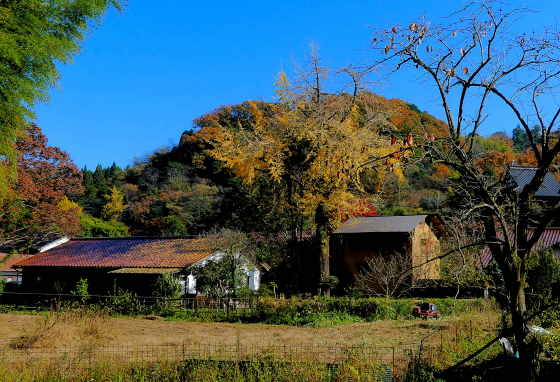Showing posts with label fall. Show all posts
Showing posts with label fall. Show all posts
Wednesday, December 20, 2023
Glimpses of Futagoji Temple
Labels:
ema,
fall,
Fudo Myojin,
kunisaki fall,
nio,
oita,
temple
Sunday, September 24, 2023
Chikurin-in Temple Gunpoen Garden
Yoshino, in the mountains of southern Nara, is and was a centre of Shugendo, the mountain-worshipping cult, but is now most famous for its cherry blossoms, although the Shugendo sites are part of a World Heritage Site.
The temple claims to have been founded by Prince Shotoku which would mean late 6th or early 7th century and it was called Chinzan Dera. A couple of centuries later Kukai visited and changed its name to Josen-ji.
What is often mentioned in reference to the garden here is that several cherry trees play a prominent part in the design and that this is quite rare in standard Japanese garden design. When I visited in November, the cherry trees were bare but a few maples were in full colour.
Monday, August 7, 2023
The Approach to Futagoji Temple
Labels:
fall,
kunisaki fall,
nio,
temple
Friday, January 7, 2022
Kingenji Temple
金源寺
I visited in late November, and at this elevation, the autumn colors had passed and the paddy had been drained, but there were a few vestiges of color.....
Sunday, December 26, 2021
Autumn Splendor at Kigami Shrine
November 19th, 2021, the final stop on our local autumn colors day trip was Kigami Shrine.
Labels:
fall,
iwami ginzan,
Shrine,
world heritage
Monday, December 20, 2021
Autumn in Omori
Omori is the most visited of the haf dozen sites that make u the Iwami Ginzan UNESCO World Heritage Site, and is the settlement below the mine where the merchants, samurai, and bureaucrats lived.
Omori is primarily a long, single street alongside a small stream. We started at the top of the village and walked down to the bottom where the most important people lived.
Labels:
fall,
iwami ginzan,
omori,
preservation district,
world heritage
Subscribe to:
Posts (Atom)
































































